Baptisia tinctoria
A tall, bush-looking plant with yellow pea-like flowers
Baptisia tinctoria yellow wild indigo
This perennial native member of the pea family is also called yellow false indigo, small yellow wild indigo, rattleweed, and horseflyweed. It is a smooth plant with blue-green leaves that either have no stalks or short ones. These leaves are clover-like with three leaflets. The leaves turn black when dried. There may be a bluish bloom covering the stems and leaves. It is often somewhat shrubby in appearance. The flowers are pea-like, yellow in color and attractive in appearance. They are found in loose clusters (racemes) at the tips of branches. Each flower is about ½ inch long. Butterflies are attracted to the flowers. The fruit is a capsule that turns black when ripe. The small seeds rattle around inside the pods giving the plant one of its common names of rattleweed.
The plant grows 1-3 feet tall in dry woods and clearings. It can tolerate sun or partial shade and readily grows in recently burned fields. It grows from Minnesota to southern Maine south to the Gulf of Mexico. It appears to be far more abundant in the Eastern part of this range from New England to South Carolina with only spotty populations in the Midwest and far South. The blooming period is extensive, running from May to September.
Both the genus and species name translate as "dye", indicating that the plant was once used as an inferior substitute for true indigo dyes. The alien birdfoot trefoil (Lotus corniculatus) is similar in appearance but has two additional leaflets at the base of the petiole.
Habitat & Range
Found in dry, open woods in sandy, acidic soils. Prefers full sun but can tolerate part shade.
Present throughout the state.
Range: From Maine to Minnesota and south to Florida and Louisiana.
Wetland code: Not classified
Phenology
Flowers late May to early September.
Characteristics
Flowers yellow, ½ inch long; borne on top of tallest branches in terminal racemes
Leaves compund with 3 clover-like leaflets; dark blue-green with short stalks or stalkless; turn blue-black when dried
Stem smooth, round, branching
Fruit oblong seed pod; turns black when ripe
Height 1 to 3 feet
Plant Codes
S-rank: No Rank
G-rank: G5 (Secure)
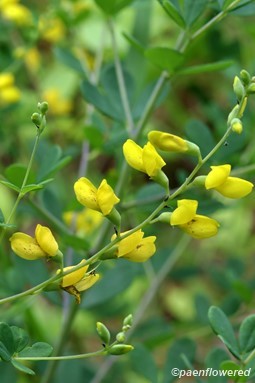
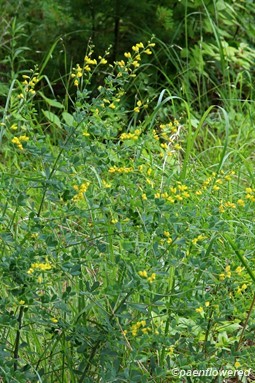
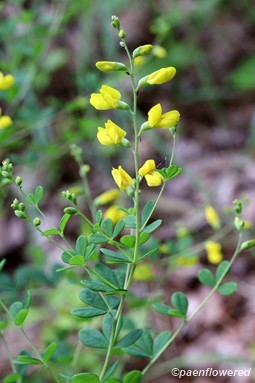
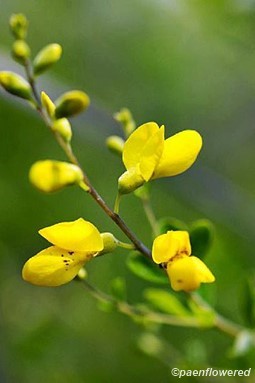
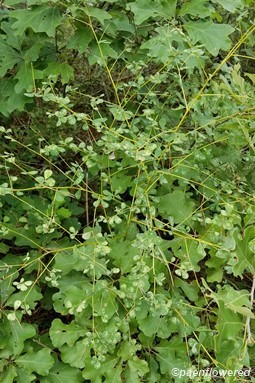


Comments
Have you spotted this plant in your area? We'd love to hear about your experience! Share your comments or questions about the plant below. Comments are moderated before posting.